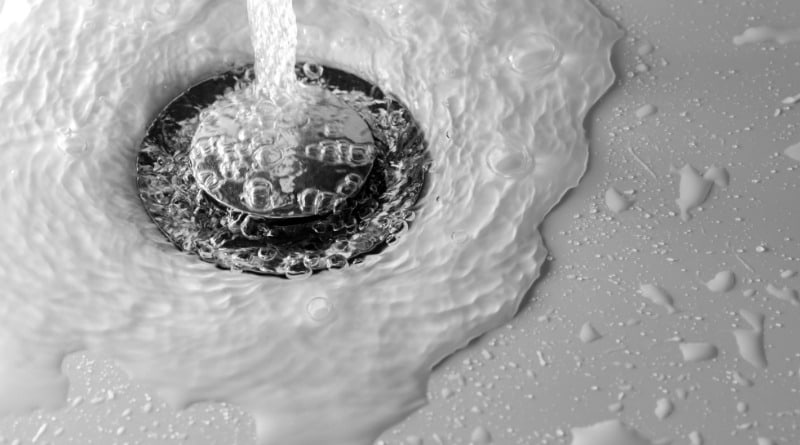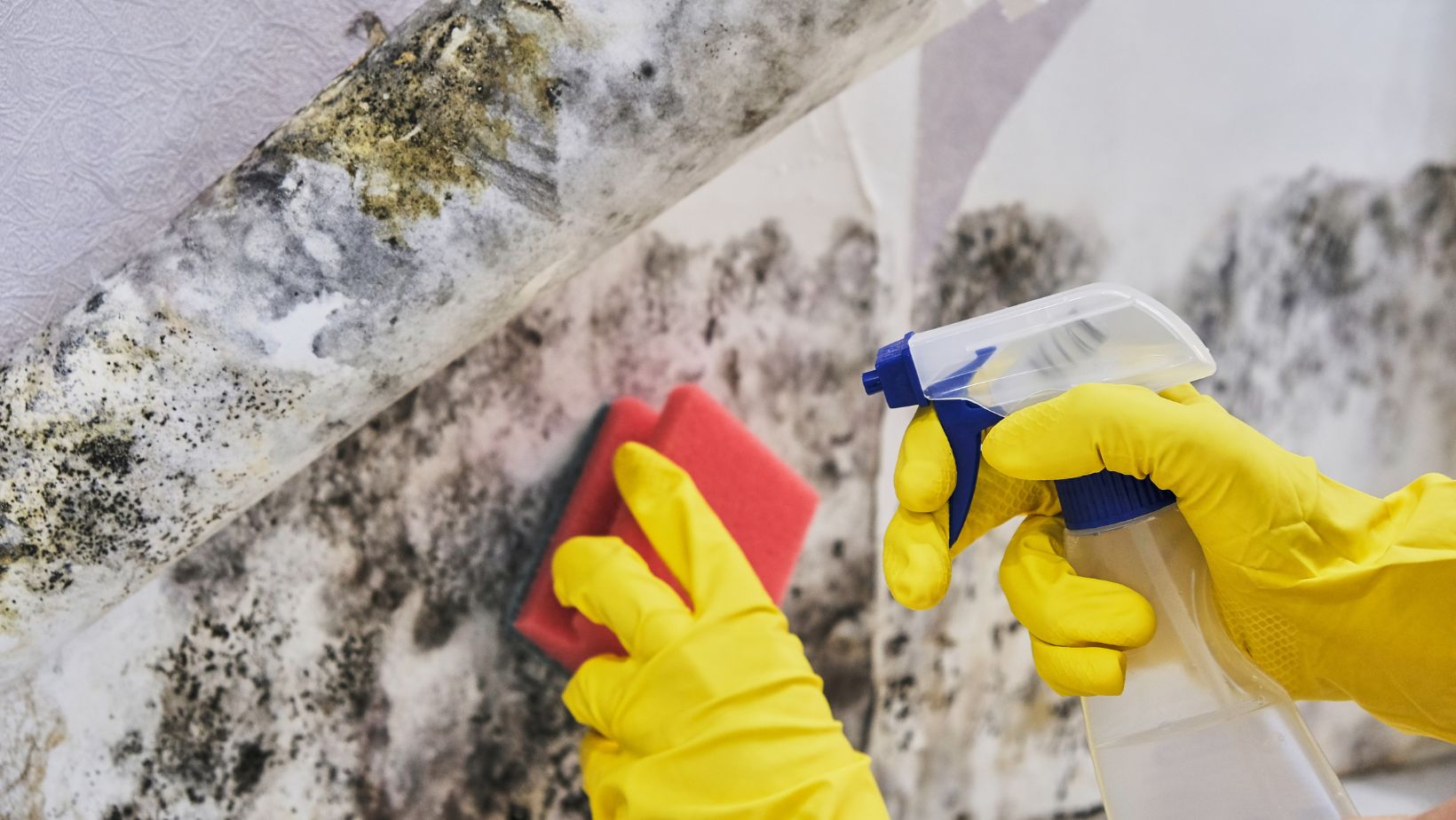5 Brilliant Garbage Disposal Troubleshooting Tips Plus 5 Disposal Do’s and Dont’s

Garbage disposals can be an extremely useful addition to your kitchen, but they can also be annoying. If you don’t use it correctly it can be a constant source of problems and nasty sink backups because like any appliance all sorts of stuff can go wrong.
Luckily most disposal issues can be fixed relatively easily if you know what you’re doing. Taking the time to learn some garbage disposal troubleshooting techniques can save you from having to call a plumber in the future.
Keep reading for 5 troubleshooting tips and 5 garbage disposal do’s and don’ts.
Clogs
This problem can quickly turn into a smelly mess if not taken care of. If you notice your sink is backed up or is taking a long time to drain, then you have a clog somewhere.
This clog actually isn’t in your disposal, but is in your pipes, and can be a result of your disposal not grinding up debris enough. To fix this the first thing you’ll need to do it turn off the disposal.
Then you should fill your sink halfway with hot soapy water and use a plunger on the sink for about one minute. A lot of the time this will solve the issue, if not then you’ll need to go under your sink to remove the drain trap.
The drain trap is an S or P shaped line that comes from underneath the disposal. This line may have gotten clogged and will need to be cleared of any obstructions.
Humming Noise
If you hear weird noises coming from the disposal like a humming noise, loud starting and stopping, or the disposal won’t grind then you most likely have a jam. A jam occurs when something gets stuck in the flywheel, the part of the disposal that rotates.
This can be fixed but it’s important that you remember to never ever stick your hand down the garbage disposal. This can lead to serious lifelong injuries. The first step in fixing this jam is turning off and then unplug the disposal.
Then you’ll need to find the wrench that came with the disposal. If you can’t find it, head to your local hardware store and pick up a replacement. Next, locate the hex-shaped opening under the disposal.
Use the wrench and turn it clockwise to dislodge whatever is stuck. Once the item is no longer stuck you’ll notice the flywheel is rotating easily again. Plug the disposal back in and run cold water while turning it on and off to make sure it’s working.
Not Turning On
If your disposal isn’t turning on, then that means there no power. First thing you’ll want to check is the plug to ensure it hasn’t been loosened. Next, check the reset button under the unit.
If both of those things aren’t it, check your circuit breaker. If after all of that it’s still not turning on, you probably need to replace the switch.
This can be tedious and without previous electrical experience may seem a bit intimidating, so it may be time to call an electrician.
Leaking Disposal
Disposals can leak from a few different places so you’ll need to locate where the leak is coming from. First thing you’ll want to do is turn off the disposal.
If the top flange is where the leak is coming from, remove your disposal by turning it clockwise. Check to see if the mounting bolts are tightened. You may need to use some caulk to seal them all the way if the putty has worn out.
If the leak is at where it connects to the dishwasher, tighten the clamp on the hose connected to the dishwasher. If the hose looks damaged this may be the source of the leak and will need to be replaced.
If the leak is coming from the discharge connected to the drainpipe, check and tighten the bolts. If it’s still leaking after this you may need to replace the gasket between the disposal and the pipe.
Blades Aren’t Moving
If you’ve already removed a blockage and the blades still won’t move, you’ll need to check the flywheel a bit closer. Turn off the disposal at both the disposal bottom and the breaker.
Use the disposal wrench to detach the flywheel and clean out any debris. If you think the blades are the problem, then disconnect the hose fittings and clean out anything that’s in the impellers.
Look to your disposals manual to see if you can sharpen the blades. If this is okay, then sharpen the blades to prevent future clogs. Then put your disposal back together and see if now it’s properly working.
Do’s And Don’ts
Like all appliances, there is some standard do’s and don’ts to help you know that you’re using the garbage disposal properly. Check out this list of the top five.
1. Don’t Put In Things That Aren’t Allowed
It’s important to be aware of things that shouldn’t be put in the garbage disposal. By avoiding these things, you’ll prevent a lot of problems from happening.
Read more here about the things that should never go in the disposal.
2. Do Grind Ice
Grinding up some ice cubes can help to sharpen the blades on your disposal. This will also help to clear away any debris stuck inside the walls of the disposal.
3. Don’t Use Drain Cleaners
If you notice a clog, don’t turn to a drain cleaner to fix the problem. These harsh chemicals can actually damage your disposal and lead to more problems.
4. Do Make Use Of Citrus Fruits
Disposals can sometimes get weird smells. Grinding up some peels from an orange or lemon can be a natural way to freshen up the disposal.
5. Don’t Forget About The Reset Button
The reset button can be a great easy fix for a lot of problems. If you notice something is wrong, check to see if the reset button has been tripped. If it has, press it back down and try running the disposal again.
Garbage Disposal Troubleshooting
Making use of these garbage disposal troubleshooting tips will help you save money and avoid having to call in professional help.
For more home hacks and helps check out our blog.
What's Your Reaction?
Newly middle-aged wife of 1, Mom of 3, Grandma of 2. A professional blogger who has lived in 3 places since losing her home to a house fire in October 2018 with her husband. Becky appreciates being self-employed which has allowed her to work from 'anywhere'. Life is better when you can laugh. As you can tell by her Facebook page where she keeps the humor memes going daily. Becky looks forward to the upcoming new year. It will be fun to see what 2020 holds.



